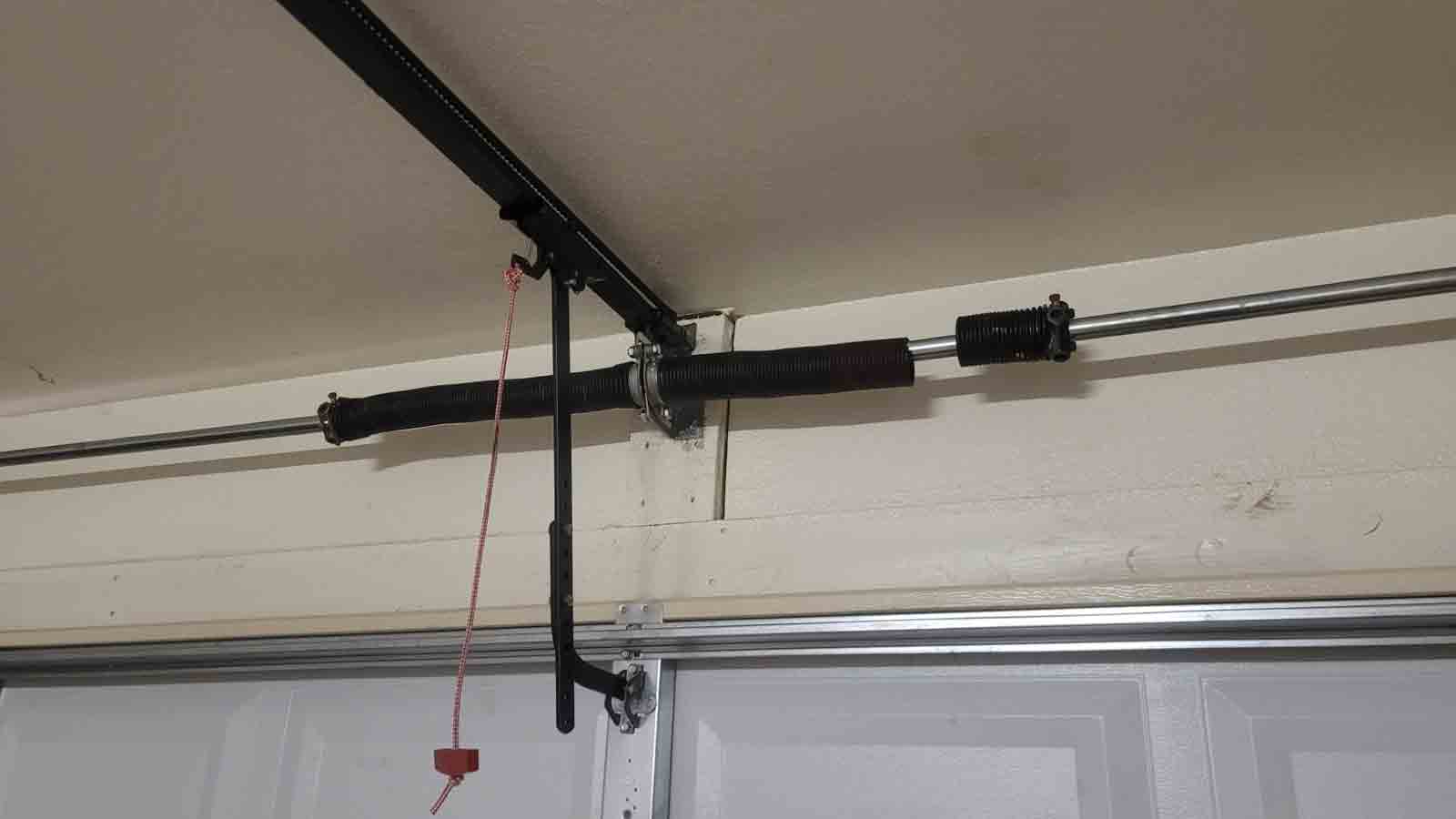With insulation, more isn’t always better
Jul 20, 2013, 12:00 PM
Is the water running from your kitchen faucet hot enough to boil an egg or just wilt the lettuce for your Caesar salad? Are you risking a heatstroke when you visit that Death Valley location you refer to as your garage? Is your attic so hot that you wonder why your roof isn’t on fire?
It’s the season when Arizona residents start worrying about how to cool down the house, but without cranking up the A/C more often. Everybody is searching for some magic device to lower the temperature indoors so that their utility bills will be smaller and they’ll feel more comfortable. A lot of those schemes involve plans for more insulation. But before you start blowing dollar bills into the attic, you need a little advice. So here is the scoop on what can help and what can’t:
If I just add more insulation to my attic, will my house get cooler?
Maybe it will if you have an older home built before standards for insulation improved. As we often recommend, get on a ladder and stick your head into the attic to get an idea of what’s happening. What you should see is a continuous layer of insulation with no wood peeking out. If you see a lot of lumber, you don’t have enough insulation.
Generally, if insulation was installed more than 20 years ago, its effectiveness may have deteriorated, and it may need improving. If your home was built before 1984, it almost certainly needs more insulation. But newer homes in central and southern Arizona are insulated to ratings of R-30 to R-38 while newer homes in Northern Arizona generally have attic insulation at R-60 due to colder winters.
Those R-values, by the way, measure how effectively insulation resists heat flow into your cooled spaces down below. And the recommended values come from building codes and the U.S. Energy Department.
So when someone tries to sell you insulation rated at far more than R-38 for your home in the desert, they are probably charging a very high price, and your return on investment will be slim. Over-insulating an attic or crawl space won’t save you enough money on power bills to make the expense worthwhile because more isn’t always better. If you think you need more insulation, consult a reputable expert. You could also have a whole house energy audit to look for problems with ducts and air infiltration as well.
Will radiant barrier insulation in the attic help my house get cooler?
It might help the house cool down, but it might not, and anyway, radiant barriers are an expensive way to go. What most of us have in our attics is thermal insulation, including mineral wool, cellulose, urethane foam or similar products. Thermal insulation slows down the passage of hot air down into air-conditioned rooms below. Radiant barrier insulation makes use of reflective materials, often foil, to keep heat from entering through the roof into your attic.
If installed properly, radiant barriers can be of benefit in an attic with very poor insulation. But for the homeowner who already has R-30 to R-38 insulation in the attic, it won’t help much. Most estimates for installing radiant barriers cost thousands of dollars. This means radiant barriers take decades rather than years to pay for themselves.
What if I install thicker insulation in the attic plus ventilation fans plus a spray-on radiant barrier plus painting my shingles white? Will that help?
All this is probably expensive overkill with few benefits. The theory is that installing several products that can do the same thing is better than just doing one thing. Ads promoting this combo approach promise to slash your A/C bills. But the truth is that no more than 15 percent of your air conditioning cost depends on what is in your attic anyway. What you really need is a properly engineered system of passive ventilation vents and an adequate level of insulation.
If I just insulate walls in my garage, will the house and garage cool down?
Yes, it can help to insulate those garage walls, but it probably won’t be very cost-effective. One big problem in your garage is that the concrete floor absorbs incredible heat. Another problem: You regularly drive your car – with an engine running at about 400 degrees Fahrenheit — into the garage. Hot air constantly leaks in around your uninsulated garage door as well.
You can install an exhaust fan, but it will run like crazy, burning up kilowatts, and it won’t be effective. You can open your garage door at 2 a.m. when temperatures drop. That would help, but then snakes and human critters might drop by. The only way to really cool a garage is with an evaporative cooler or air conditioner. Do you really want to pay for that?
If I have concrete block walls, will filling them with foam help?
It can make a big improvement in cooling your house in summer and heating it in winter because many older homes made from these blocks were not insulated at all. Foam insulation can improve the R-value of concrete block walls by as much as five times. Typically, the house can go from R-2 or R-3 to R-11. Foam insulation can also be installed in older frame construction houses that have little or no insulation and make a dramatic difference. If you suspect your walls aren’t properly insulated, you need to get a professional assessment. R-13 to R-19 is generally the goal for your walls whether you use foam or other products.
If I paint my house with elastomeric paint, will the house get cooler?
Yes, coating the exterior with elastomeric or ceramic paint can reflect sunlight so some of the heat doesn’t get into your house. But it’s not a good choice. If you use this type of paint, it will probably cost you three times more than good-quality, 100 percent acrylic paint.
It can also be costly to repair later because you can’t patch this paint as you can with regular paint. Instead, you may need to re-coat an entire wall. Some painters also say elastomeric paint works like a raincoat, making it hard for water to penetrate in or to escape the surface of your house if it does get in. That trapped moisture can eventually result in mold. Don’t rely on paint to insulate your home anyway. Blown-in attic and wall insulation is a more effective way to add insulation to older homes.
For more do-it-yourself tips, go to rosieonthehouse.com.
An Arizona home building and remodeling industry expert for 25 years, Rosie Romero is the host of the syndicated Saturday morning “Rosie on the House” radio program, heard locally in Phoenix on News/Talk 92.3 KTAR from 8a.m. to 11 a.m. Consult our website for other listings or call (888) 767-4348.









